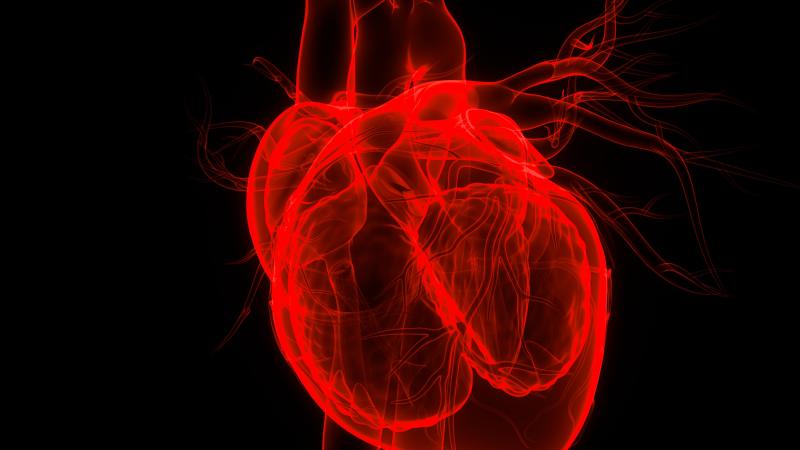NIH grant supports research to examine mechanisms behind cardiac asymmetry
August 12, 2021

Like many other cells and organs within the body, cardiac cells possess a type of asymmetry that may play an important role in healthy heart formation and could serve as the basis for interventions to prevent congenital heart defects. With the support of a four-year, nearly $1.6 million National Institutes of Health grant, researchers from Rensselaer Polytechnic Institute will study — down to the cellular level — the bimolecular and biomechanical mechanisms that regulate cardiac formation, particularly the role of an asymmetric property known as cell chirality.
The chirality of a cell is similar to the left-right symmetry of our hands, which appear as mirror images, yet can’t be superimposed on top of one another. Many organs within the body exhibit such left-right symmetry, including the heart, which is positioned on the left side of the human body as a result of the asymmetry of developing embryos.
“Recently, people found that this left-right symmetry is happening within the cardiac tissue, and the question is: what is the cause of that?” said Leo Wan, an associate professor of biomedical engineering and member of the Center for Biotechnology and Interdisciplinary Studies (CBIS) at Rensselaer, who is leading this research.
Wan and his team hope to prove that individual cardiac cells exhibit cell chirality, and that this property may be an important driver behind the heart’s overall left-right symmetry, which is revealed during development when the heart transforms from a straight tube into a c-shape.
Through this work, studying cells from animal models, Wan and his lab will look specifically at protein kinase C (PKC) activators, which can reverse both cell chirality and cardiac looping. Researchers want to know how cell chirality mechanically controls the asymmetric looping of the developing heart. The team will also examine the mechanisms involved in cardiac cell chirality at the level of the cytoskeleton, or the so-called bones of the cell, which also may impact cardiac looping.
“Hopefully, we can identify specific molecules that affect cell chirality and affect the cardiac looping,” Wan said. “Which means we can potentially identify or propose a novel strategy to promote the normal looping of the heart.”
“Professor Wan’s work is an excellent example of how fundamental research on cell chirality can inform us of the events that happen during development, and lead to translational work, such as interventions to prevent congenital heart defects,” said Deepak Vashishth, the director of CBIS. “This unique approach, at the life science-engineering interface, could help answer persistent questions surrounding healthy heart development.”
Cell chirality, Wan said, is still a fairly new area of research, and he’s hopeful that his team’s expertise in this area could lead to new fundamental understanding. The team’s innovative screening platforms allow researchers to observe cell chirality and screen different factors that may be contributing to the breaking of symmetry that happens during physiological or pathological processes.